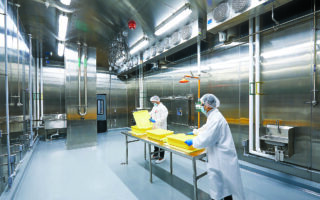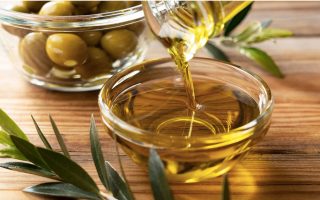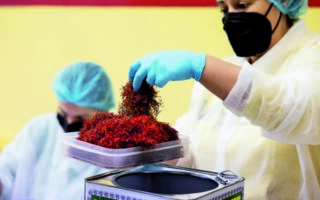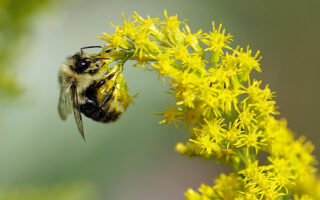What the future of food holds
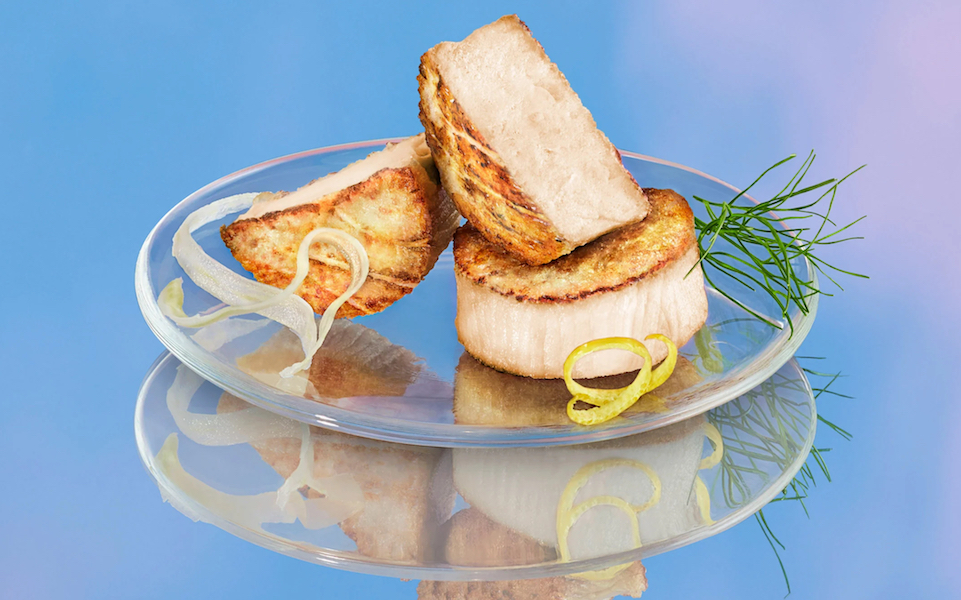
Companies are using microorganisms to convert carbon dioxide into protein and making “meat,” with the taste and texture of real meat, which could theoretically not only be a solution to the food crisis, but also reduce air pollution. Others are making fabric from milk waste while others still are producing ink from exhaust gases.
The above are not science-fiction scenarios, but things that are already happening abroad and are predicted to expand in the coming years dictated by new consumer trends, mainly of younger generations, who seek a return to nature, in combination with and not in opposition to new technology.
“We were in a normal situation for many years, but we had no plan for the 2020 crisis. A lot changed during the pandemic,” said Dr Morgaine Gaye, a food futurologist, on Tuesday, speaking in Athens at an event organized by the Athens Chamber of Commerce and Industry in collaboration with the Special Secretariat of Long-Term Planning.
Referring to 2023, she pointed out that it is now time to go over what happened to us in 2020, as this has not yet been analyzed, and act immediately, as there is no leeway for industries to invest three or five years later.
“They must act now. There is no choice. Doing what you did four years ago won’t have the same effect. It must be different. Humanity has changed,” she emphasized. “During the pandemic, we discovered, facing our full closets, that we have many things that we do not need. Before long we will be paying to get rid of our stuff,” she added.
The key elements of the new trends are the much greater use of natural ingredients, mainly in packaging, the full utilization of the circular economy, a combination of traditional and new technologies, and acceptance of imperfection.
“The biggest innovation in Silicon Valley now is Air Protein,” argued Gaye, referring to the startup of the same name that makes “meat” by converting the carbon dioxide emitted by industries into protein. Therefore, with the help of microorganisms, carbon dioxide is converted into protein, which then takes the form of powder from which “meat” or even “yogurt” can be prepared.
